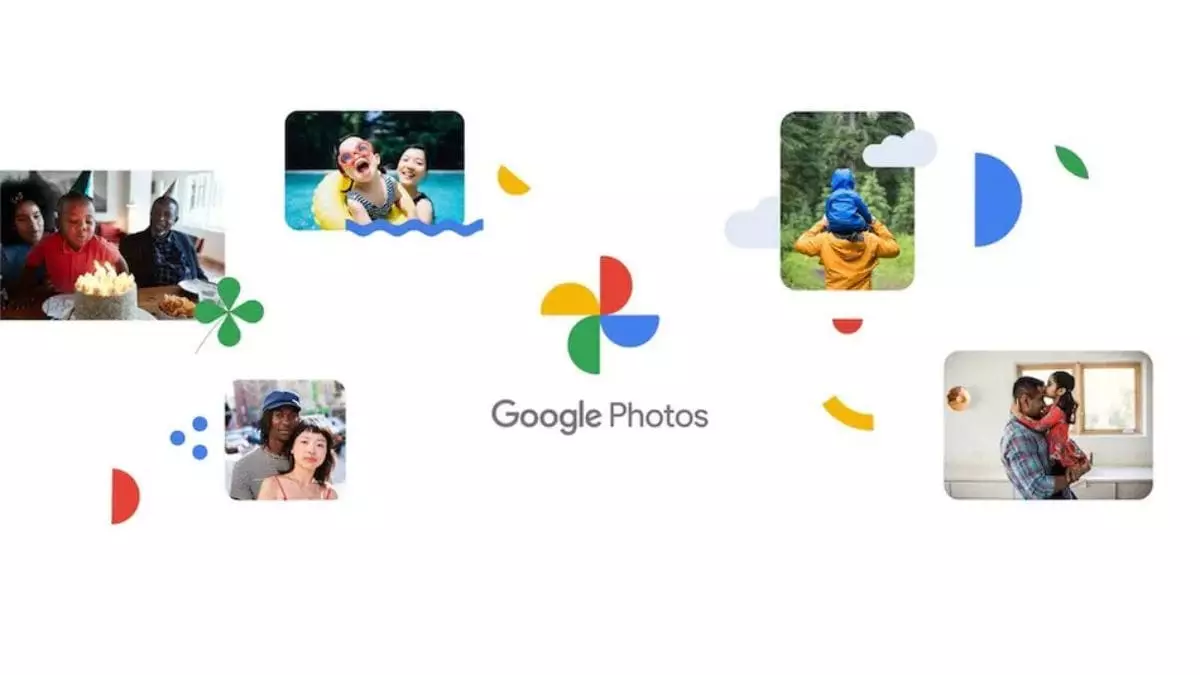In the rapidly evolving world of digital media, the advent of artificial intelligence (AI) has ushered in transformative changes, particularly in visual content creation and manipulation. As AI technologies become increasingly sophisticated, we are witnessing a rise in the production of images and videos that blur the lines between authenticity and fabrication. Google’s recent initiative to implement new identification capabilities within Photos aims to address these challenges head-on, focusing on transparency regarding the origins of images and videos.
Deepfakes represent a particularly insidious facet of this phenomenon. Defined as manipulated media that often aims to mislead or misinform, deepfakes have seen widespread use for nefarious purposes—from political propaganda to impersonation scams. The capability to create realistic yet completely fabricated media is both astounding and alarming, necessitating a proactive response from digital platforms to safeguard users against misinformation.
Recent reports suggest that Google is developing a feature within its Photos application designed to inform users whether an image has been created or altered using AI technology. This new functionality is poised to include ID resource tags that serve as markers for AI involvement, effectively categorizing images based on their digital genesis. By providing users with access to this information, Google aims to enhance user awareness and promote a culture of accountability regarding online visual content.
An instance underscoring the urgency of this move is a legal confrontation involving Bollywood star Amitabh Bachchan, who recently challenged a company over the unauthorized use of deepfake technology in promotional materials. Such incidents highlight the potential repercussions of AI-generated content and the pressing need for robust disclosure mechanisms.
Speculations surrounding the implementation of this new feature suggest that it will include specific identifiers embedded within the metadata of images. A notable discovery within the Google Photos application reveals XML-coded strings indicating the presence of “ai_info” and “digital_source_type.” These identifiers appear to point toward the specifics of AI utilization, such as showing the tools or models responsible for generating or enhancing the content, which could include well-known names like Gemini and Midjourney.
However, a key question remains: how accessible will this information be to the average user? While integrating such identifiers into the Exchangeable Image File Format (EXIF) metadata provides a layer of security from tampering, it may also present accessibility challenges. Users would have to navigate to the metadata page to verify AI involvement, which might deter casual users from engaging with this important information.
Alternatively, Google could adopt a more immediate approach. By employing on-image graphical badges, reminiscent of Meta’s strategy with Instagram, users could quickly recognize AI-generated content. This approach would facilitate rapid comprehension and could influence user engagement with such media.
The introduction of AI transparency within platforms like Google Photos does more than just empower users—it establishes a framework for ethical media consumption. By taking steps to disclose the digital origin of images and videos, Google sets a precedent for other tech companies to follow, fostering a collective responsibility within the industry.
Furthermore, as the conversation around misinformation gains momentum, initiatives such as this are critical not only for user trust but for the preservation of journalistic integrity and authenticity in digital communications. Empowering individuals with information about the origins of visual content cultivates a discerning audience adept at recognizing the potential for manipulation.
As Google navigates the complexities associated with AI-driven content, the broader implications extend far beyond their platform. This move serves as an invitation for other tech giants to implement similar transparency measures, pushing toward an ecosystem where ethical standards in digital media are the norm rather than the exception.
Google’s efforts reflect a growing recognition of the intricate relationship between technology and ethics in digital media. By allowing users to understand the nature of their visual encounters, we take a significant stride toward a more informed digital landscape, bridging the gap between innovation and accountability. As the digital era continues to evolve, such initiatives will be paramount in fostering an environment where authenticity thrives amidst the challenges posed by advanced technologies.


Leave a Reply